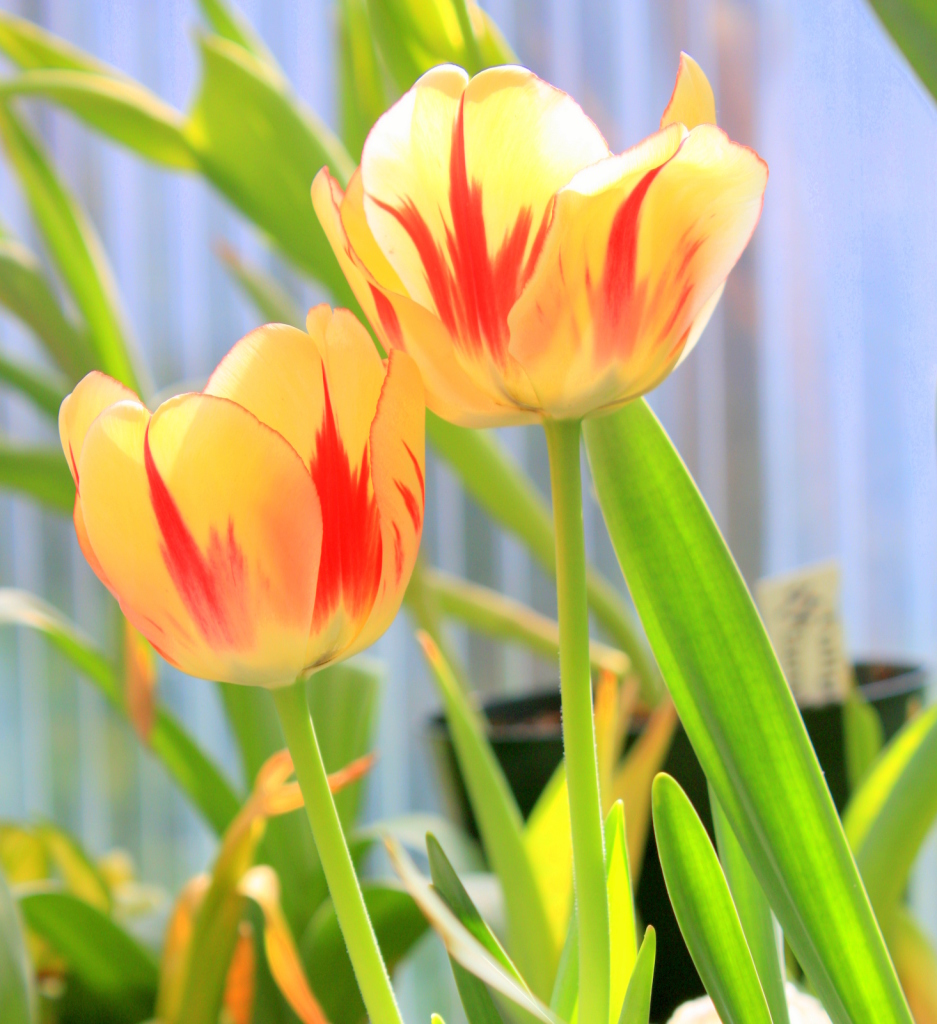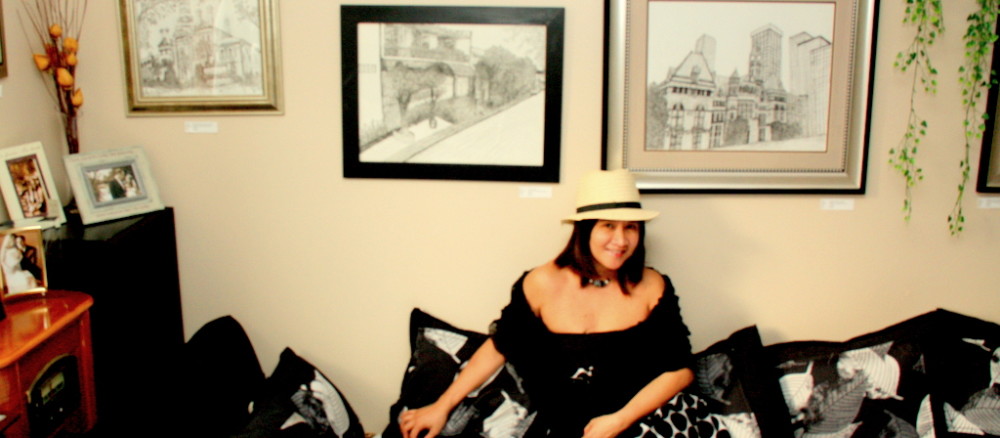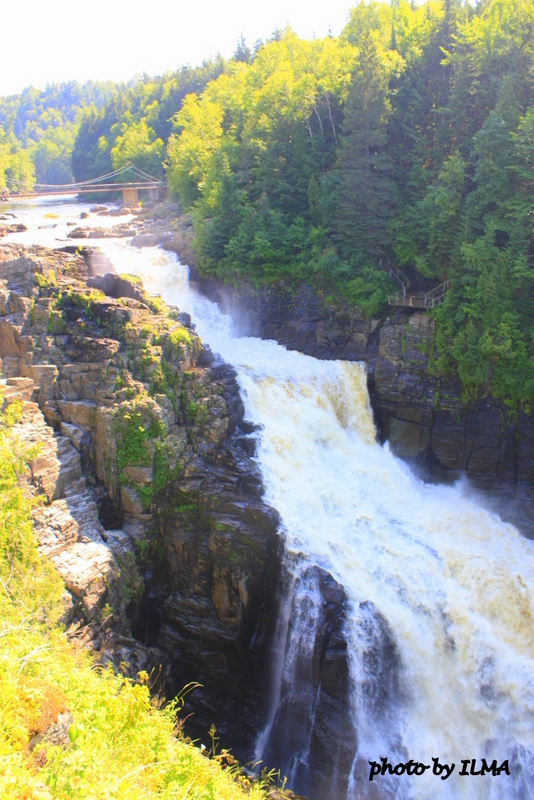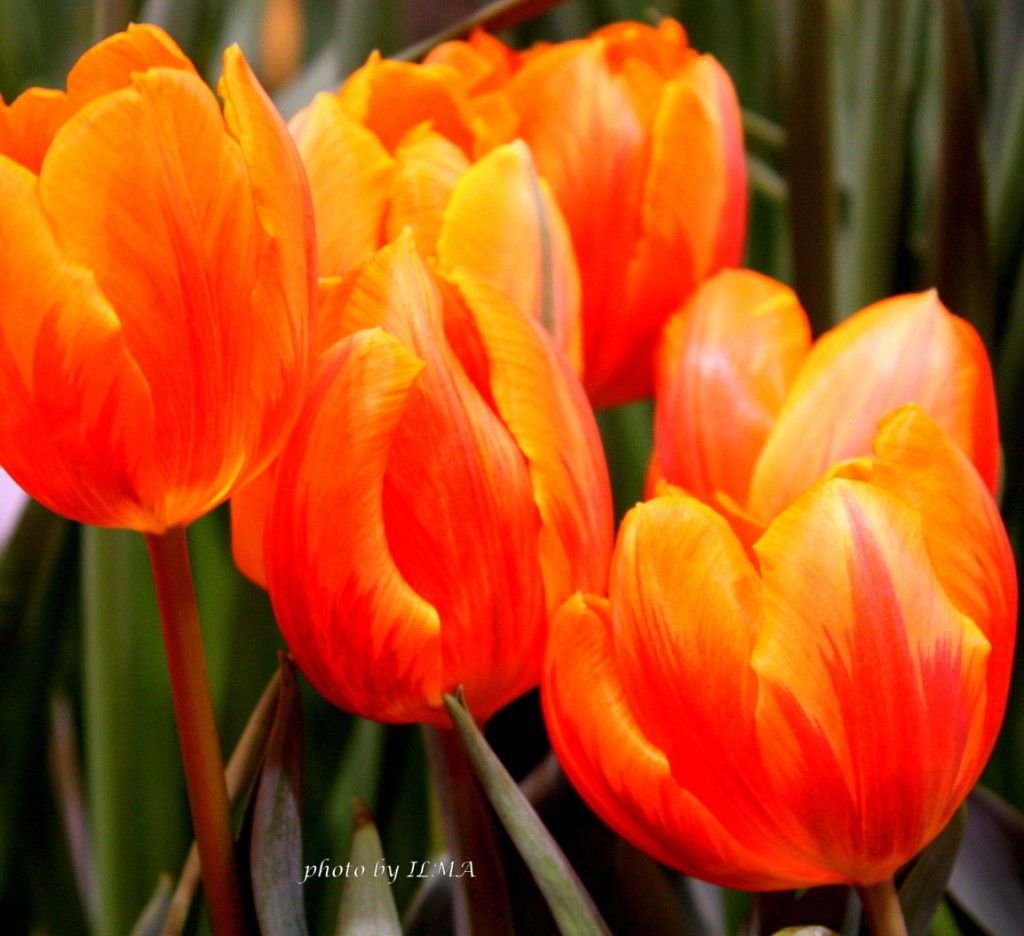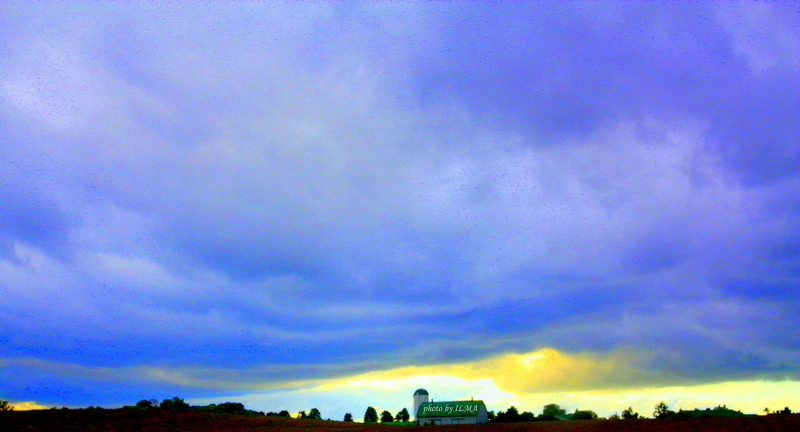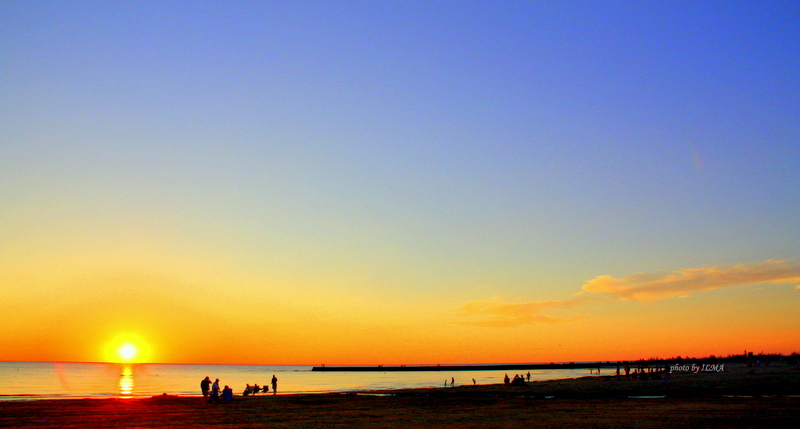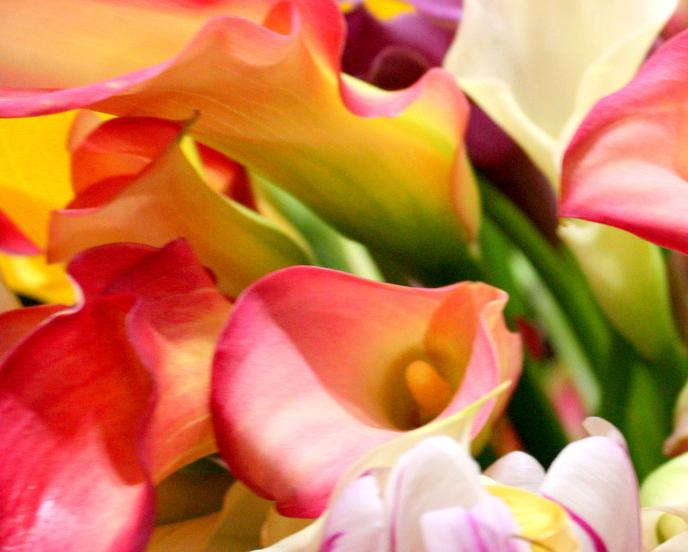EXODUS 30
“You shall make an altar on which to burn incense; you shall make it of acacia wood. 2 A cubit shall be its length, and a cubit its breadth. It shall be square, and two cubits shall be its height. Its horns shall be of one piece with it. 3 You shall overlay it with pure gold, its top and around its sides and its horns. And you shall make a molding of gold around it. 4 And you shall make two golden rings for it. Under its molding on two opposite sides of it you shall make them, and they shall be holders for poles with which to carry it. 5 You shall make the poles of acacia wood and overlay them with gold. 6 And you shall put it in front of the veil that is above the ark of the testimony, in front of the mercy seat that is above the testimony, where I will meet with you. 7 And Aaron shall burn fragrant incense on it. Every morning when he dresses the lamps he shall burn it, 8 and when Aaron sets up the lamps at twilight, he shall burn it, a regular incense offering before the Lord throughout your generations. 9 You shall not offer unauthorized incense on it, or a burnt offering, or a grain offering, and you shall not pour a drink offering on it. 10 Aaron shall make atonement on its horns once a year. With the blood of the sin offering of atonement he shall make atonement for it once in the year throughout your generations. It is most holy to the Lord.”– Exodus 30:1-10
EXODUS 30 PRAYER IS THE FRAGRANT INCENSE FOR THE LORD
The psalmist says in Psalm 141:2 “Let my prayer be counted as incense before you, and the lifting up of my hands as the evening sacrifice! Revelation 5:8 describes the prayers of the saints as incense, and the church is called a garden of spices. What a great picture that looks like! When we pray from our hearts fervently, we are lifting up a sweet fragrance of incense to the Lord and he is pleased with that.
Why was God very detailed in instructing the building of the altar and why did he require Aaron to burn fragrant incense on it every morning and at twilight? We may not have a literal altar of incense in the churches that we go to right now, but these are symbols that God reminds us that when Jesus died on the cross, he was the perfect sacrifice that appeased God’s wrath from our sins. Jesus’ death resulted in the physical temple to be a spiritual one, where the Holy Spirit resides in all the hearts of believers. We do not have a literal sense of an altar of incense, but our bodies are the temple and altar which need to be kept pure and holy so that we can pray and be in constant relationship with God.
REFLECTION
- What does verse 9 translate to us as believers after Jesus gave up his life for us?
